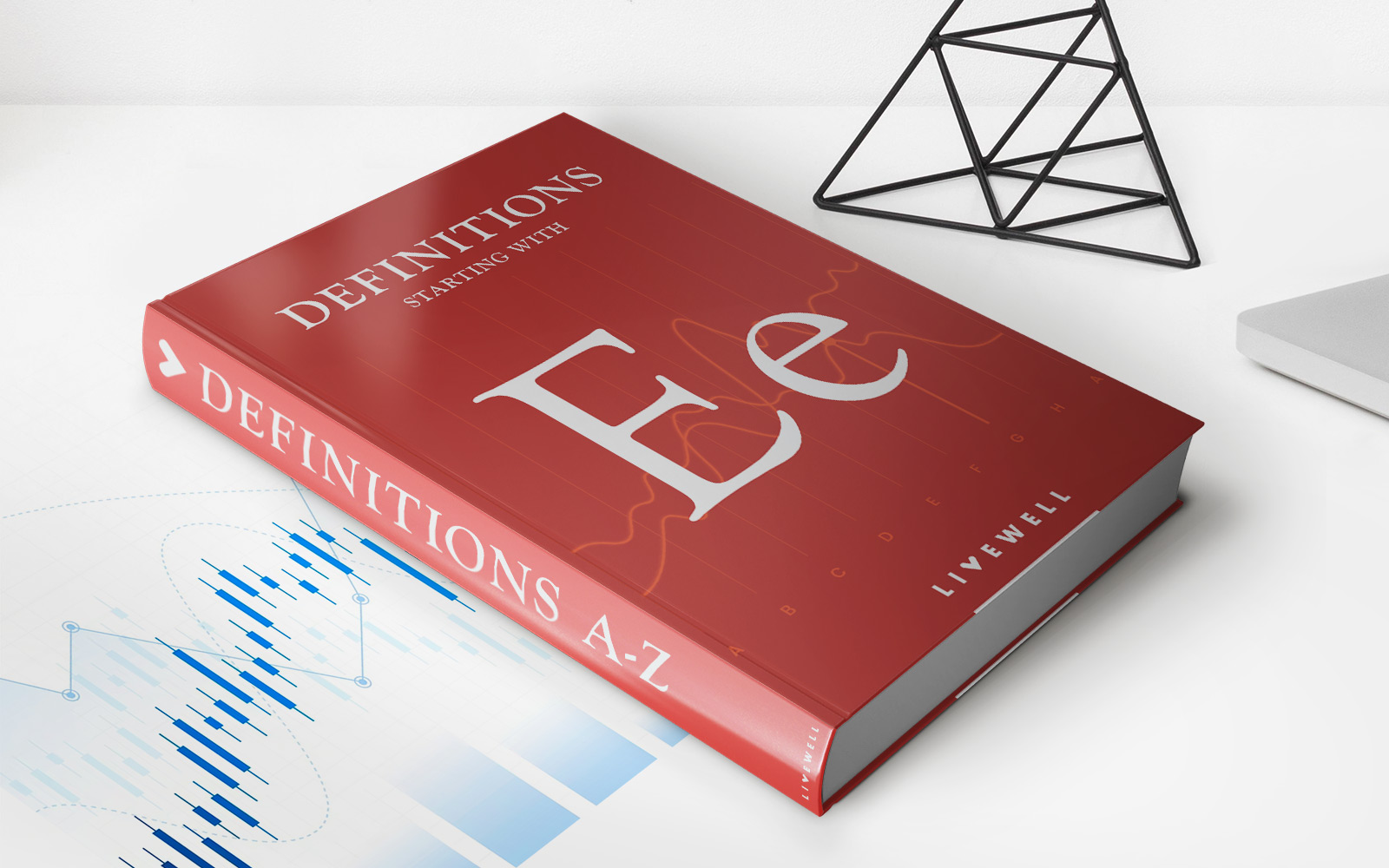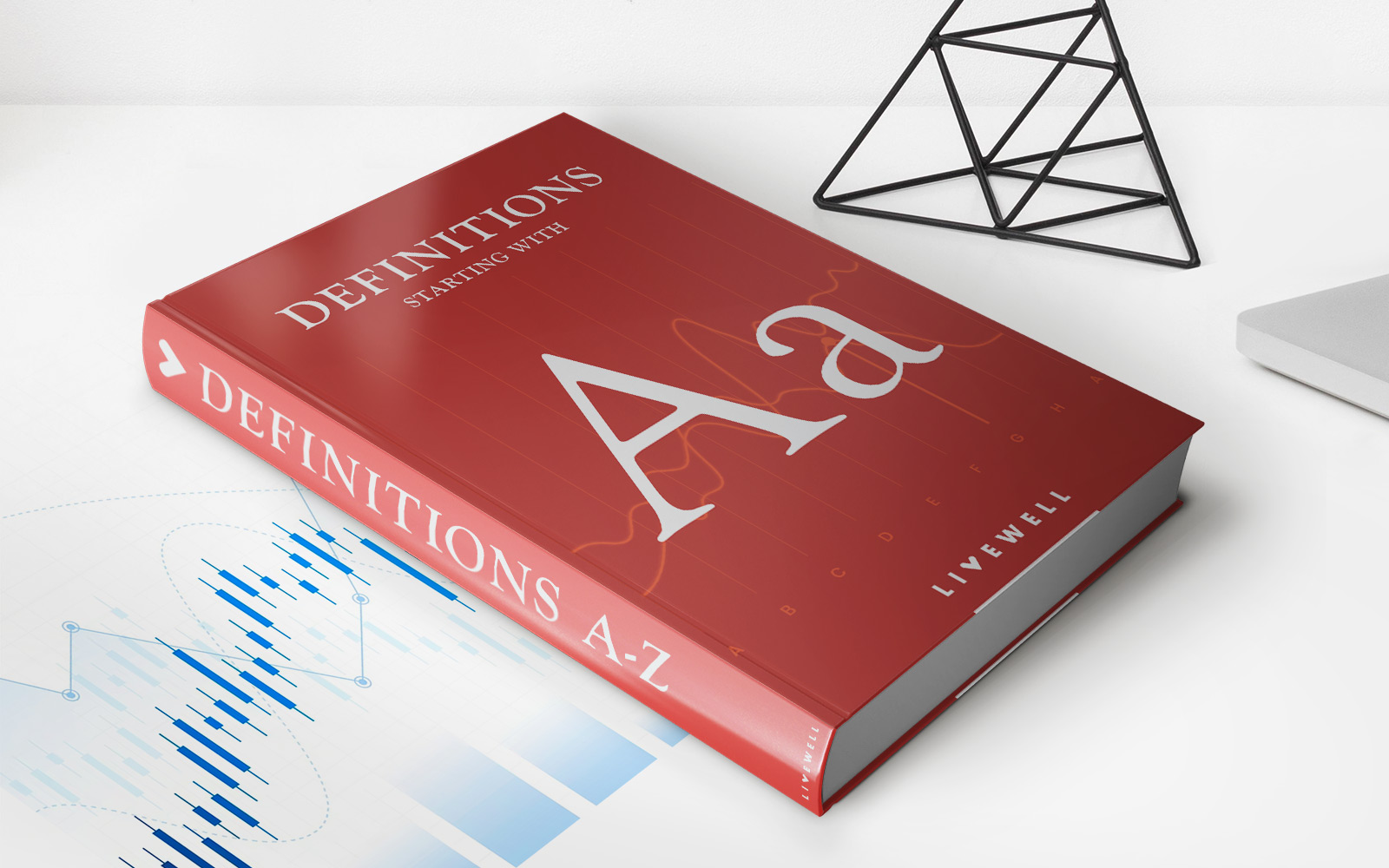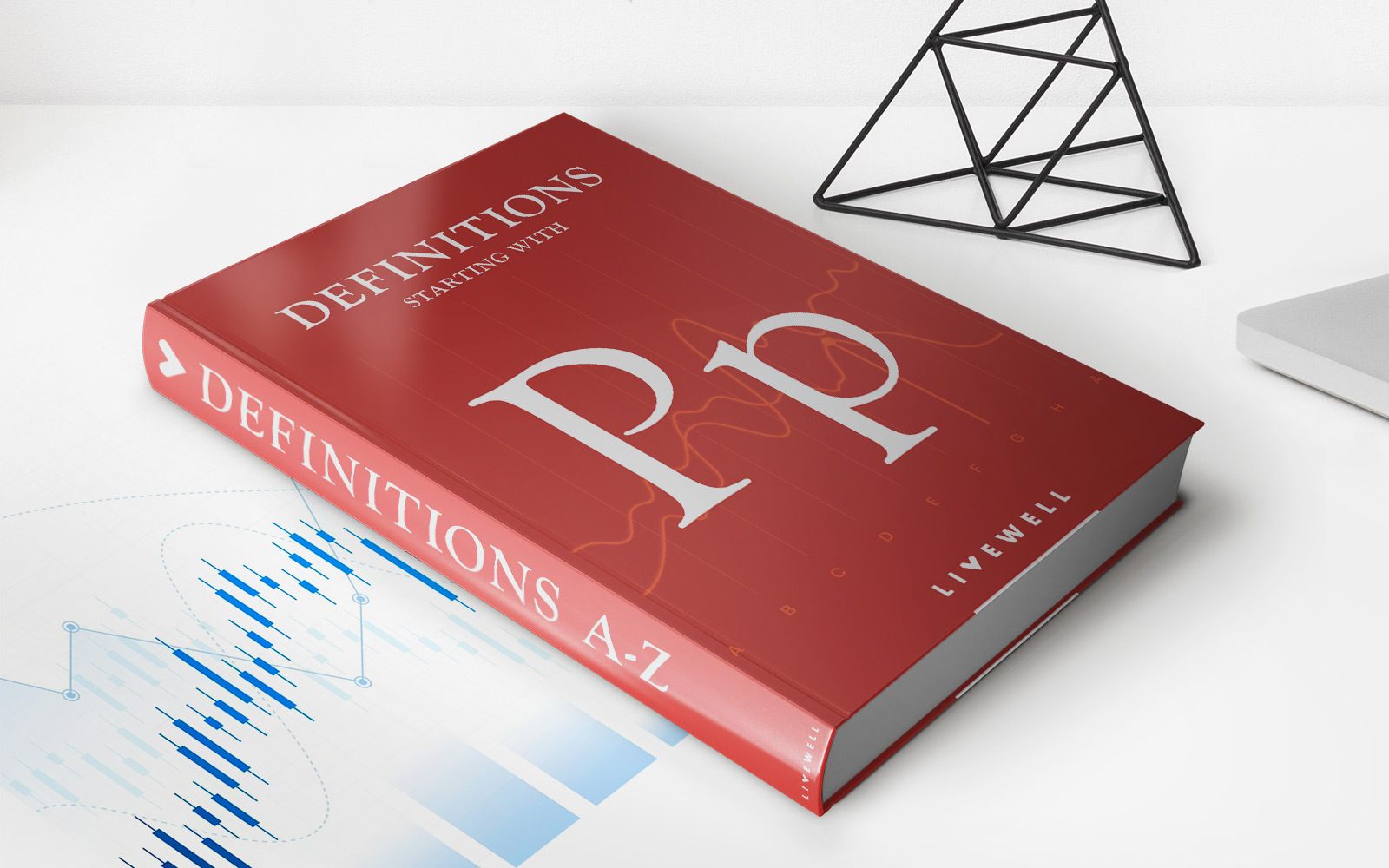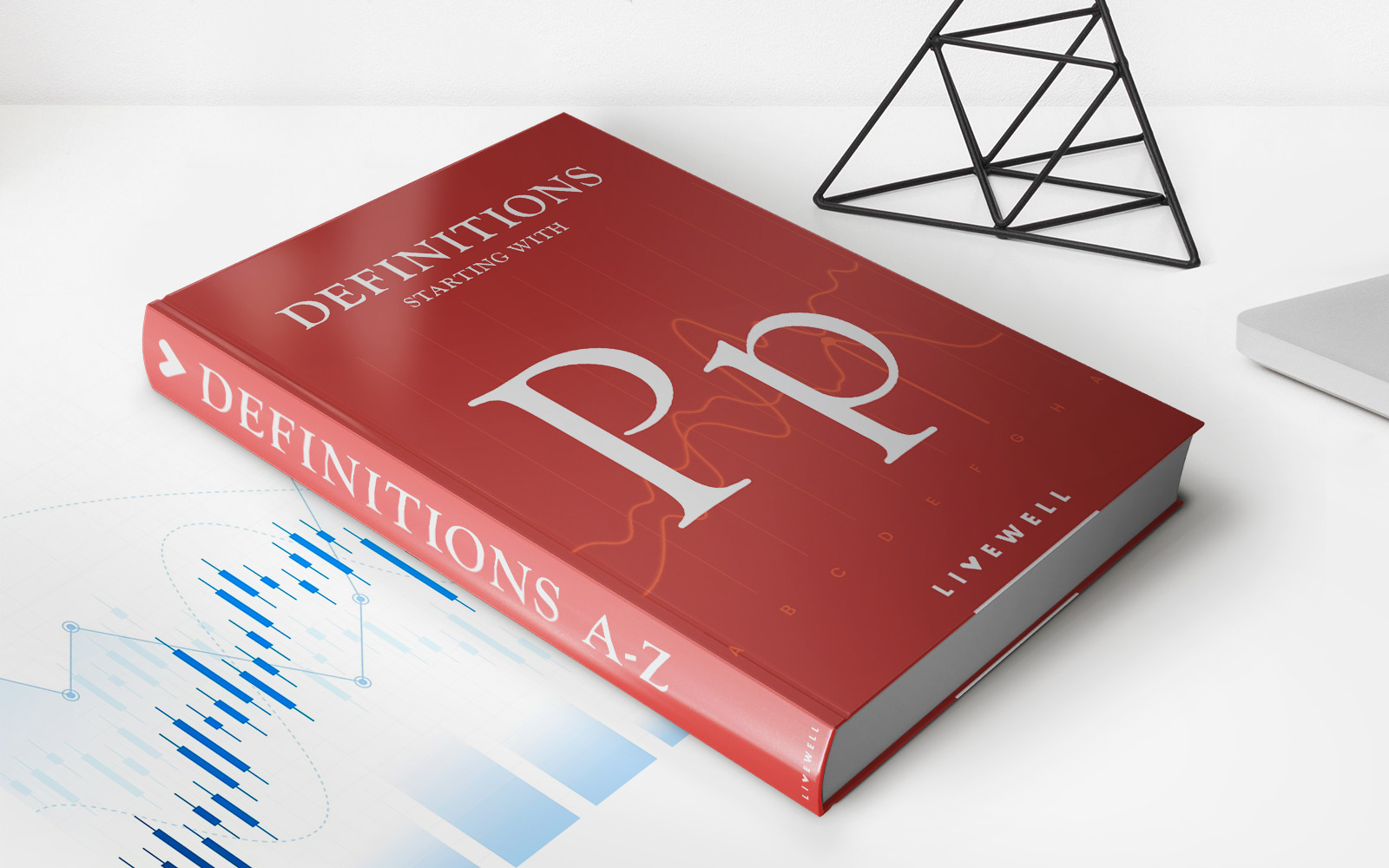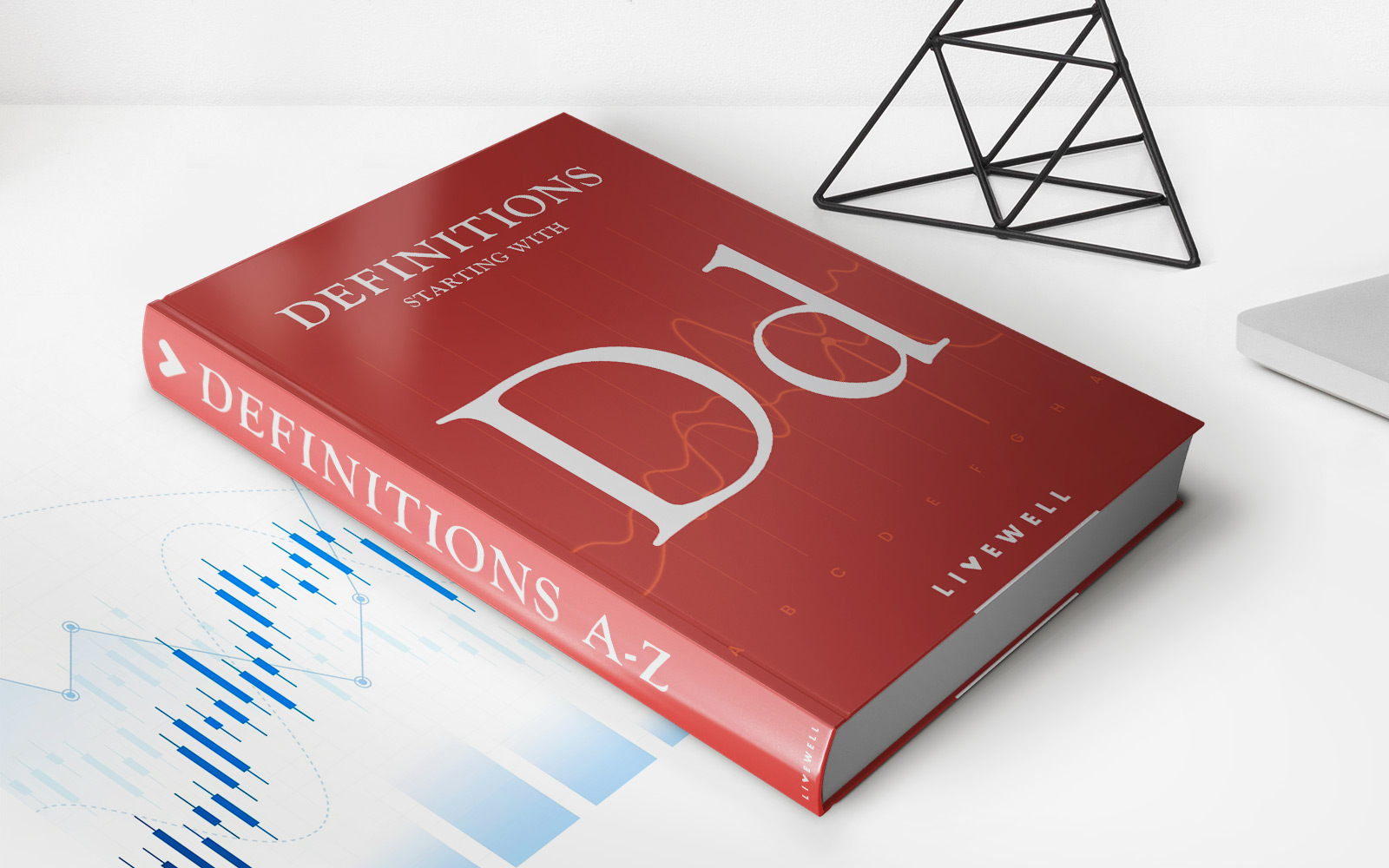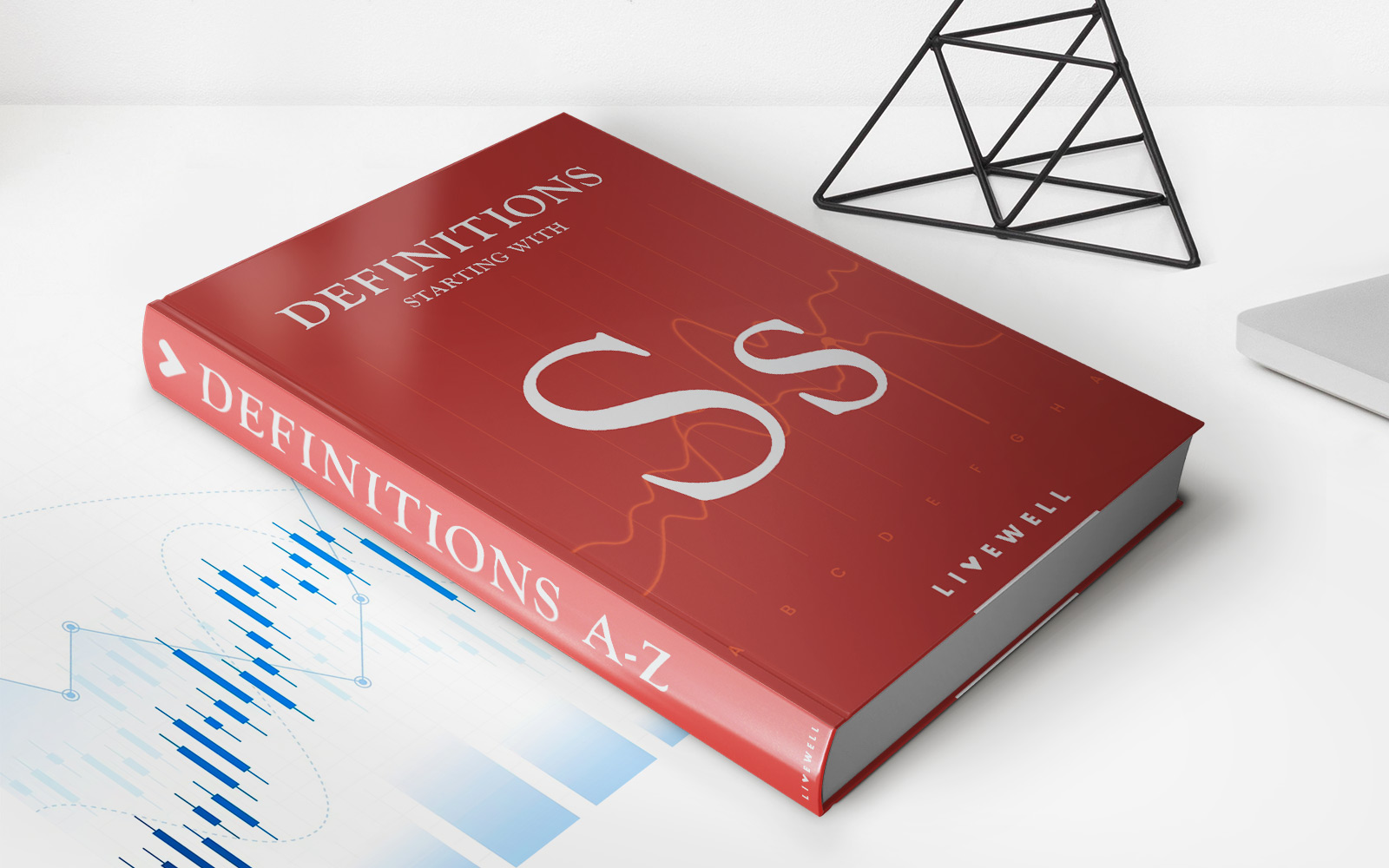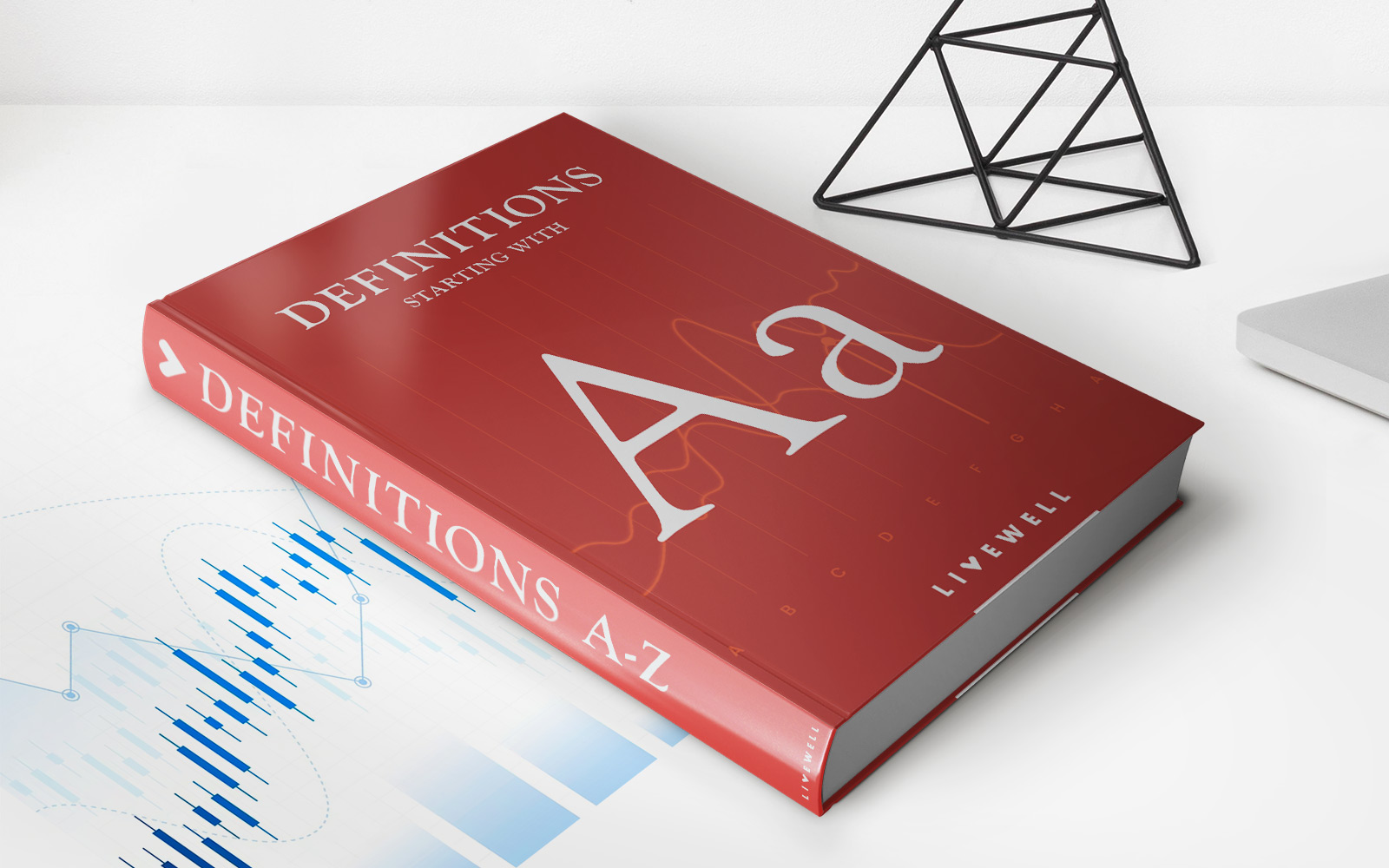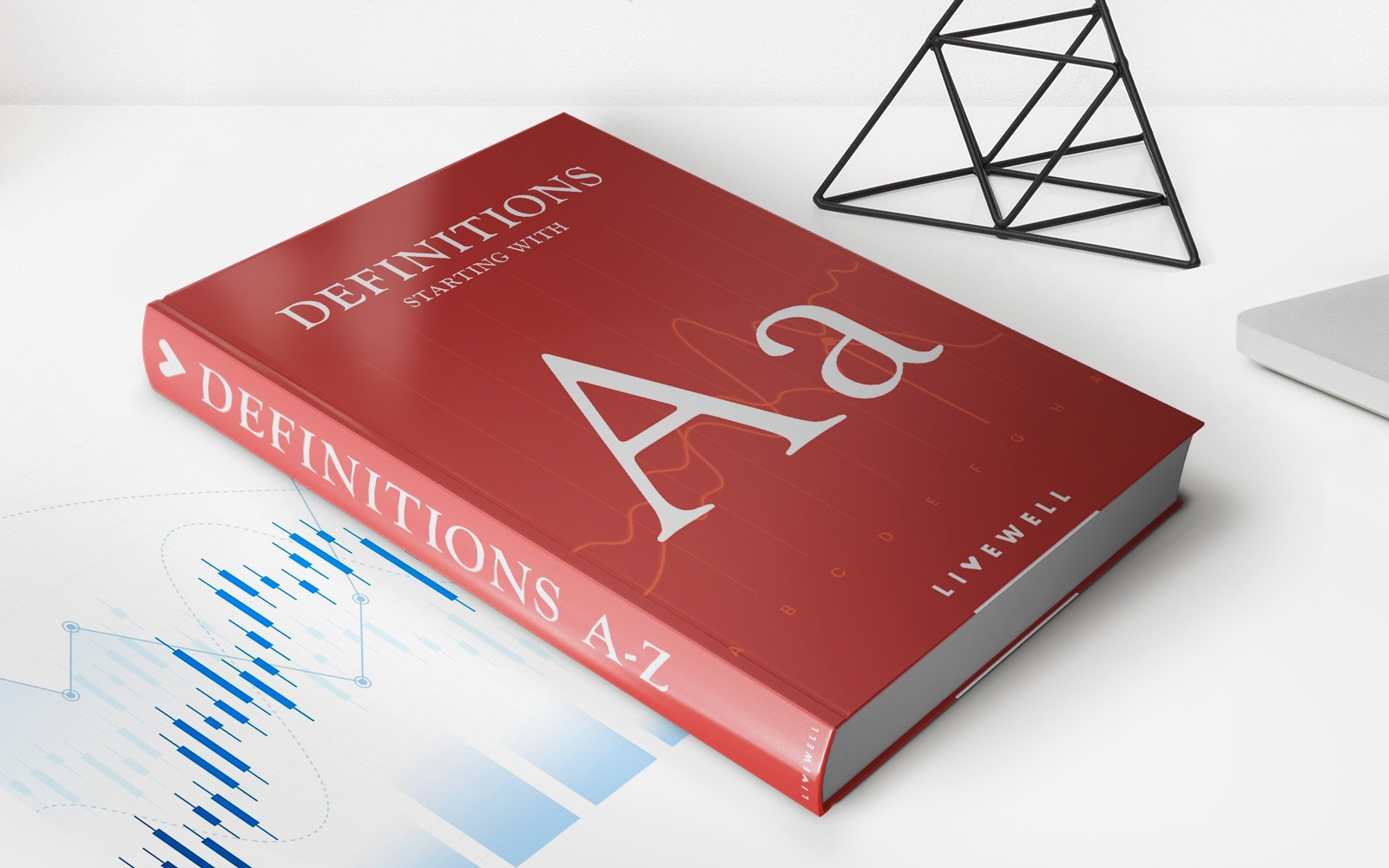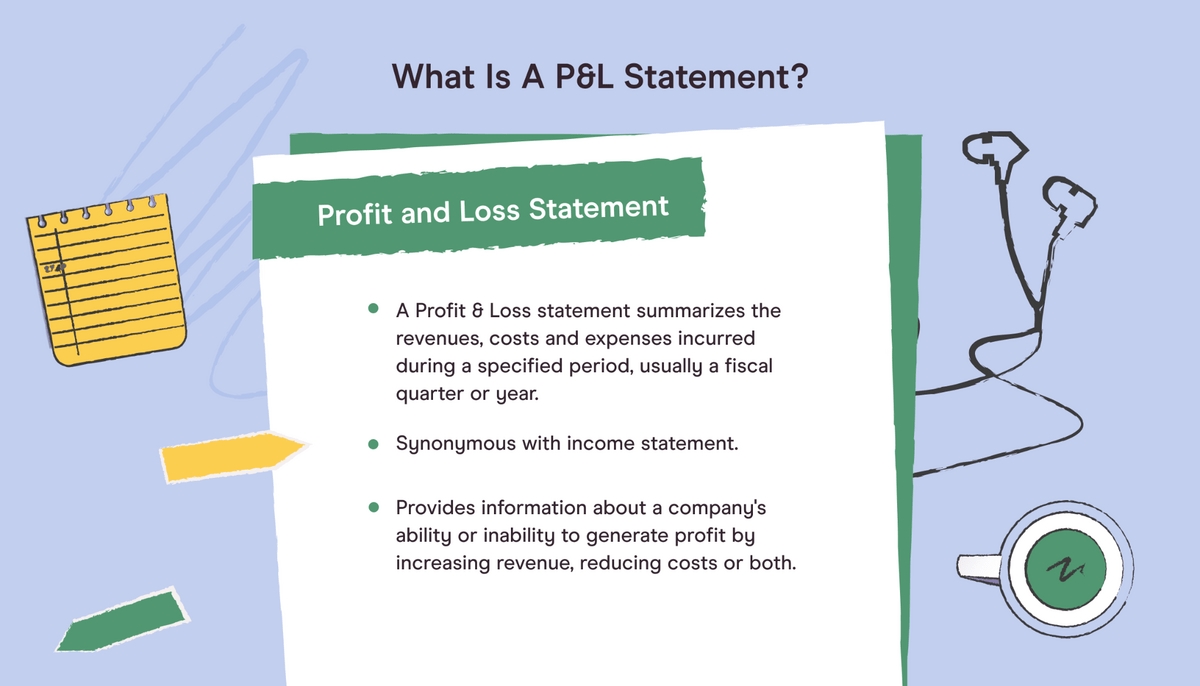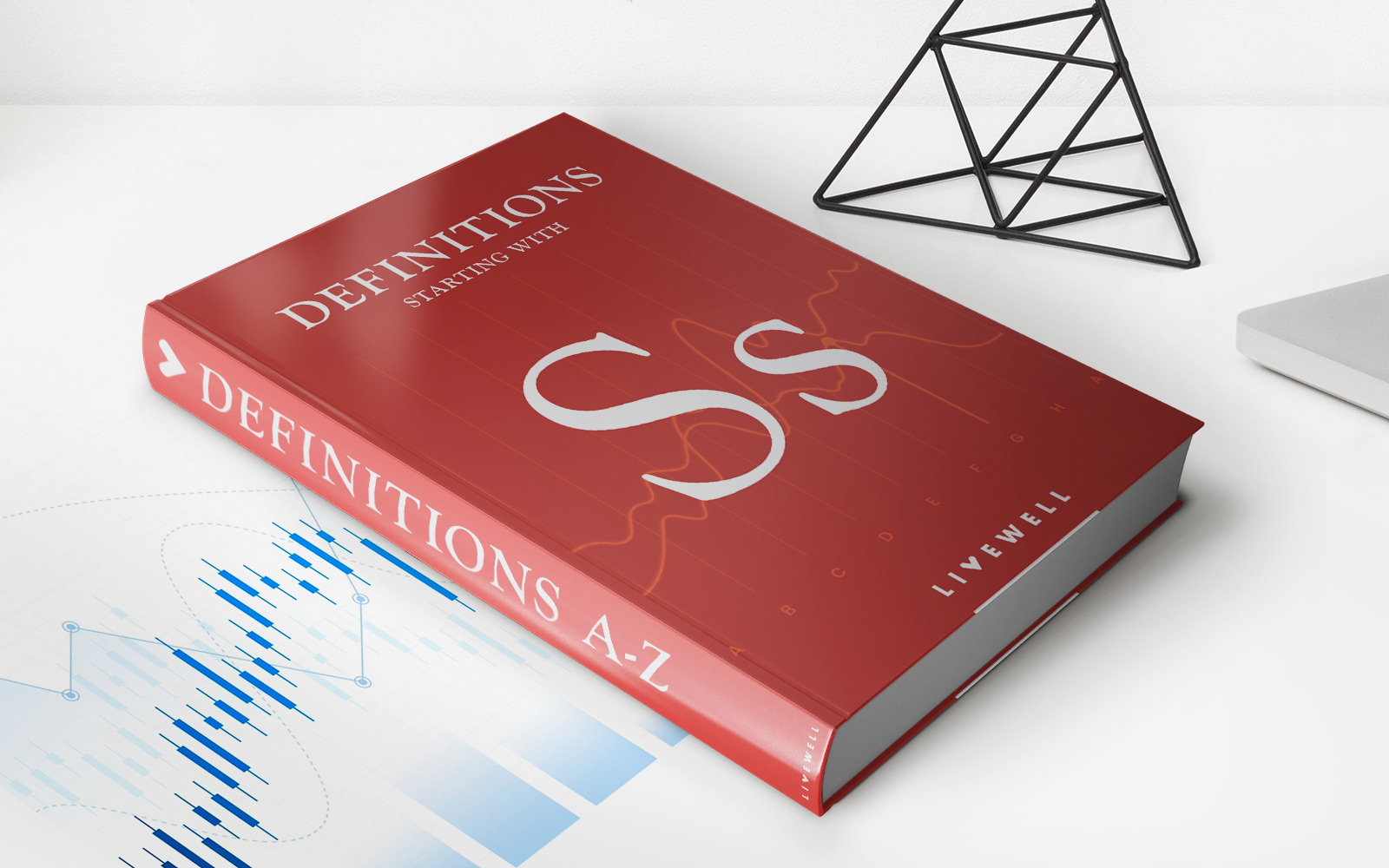Home>Finance>Common Law Property: Definition And How It’s Used In Divorce


Finance
Common Law Property: Definition And How It’s Used In Divorce
Published: October 30, 2023
Learn the definition of common law property in finance and how it influences divorce settlements. Explore its significance and implications for financial matters.
(Many of the links in this article redirect to a specific reviewed product. Your purchase of these products through affiliate links helps to generate commission for LiveWell, at no extra cost. Learn more)
Common Law Property: Definition and How It’s Used in Divorce
When it comes to divorce, one of the key issues to consider is property division. While many people are familiar with community property, there is another system that governs property division in certain states – common law property. In this blog post, we will explore the definition of common law property and how it is used in divorce proceedings. If you are going through a divorce or simply want to understand more about property rights, this post is for you.
Key Takeaways:
- Common law property is a system used in certain states to determine property rights in the absence of a formal agreement or legal recognition of the relationship.
- Under common law property, each spouse retains the rights to the property they acquired individually, while jointly acquired property is subject to division based on various factors.
What is Common Law Property?
Common law property, also known as equitable distribution, is a legal system used in some states to determine property rights in the absence of a formal agreement or legal recognition of the relationship. Unlike community property states where all assets and debts acquired during the marriage are considered joint property, common law property states recognize the individual ownership of assets.
Under common law property, each spouse retains the rights to the property they acquired individually. This includes assets owned prior to the marriage, inheritance, gifts, and personal injury settlements. However, jointly acquired property, such as real estate, bank accounts, and investments, may be subject to division based on various factors including the duration of the marriage, financial contributions, and the needs of each spouse.
How is Common Law Property Used in Divorce?
In a divorce proceeding in a common law property state, the court will consider a range of factors to determine the equitable distribution of jointly acquired property. These factors may include:
- The duration of the marriage
- The financial contributions of each spouse towards acquiring and maintaining the property
- Non-financial contributions, such as homemaking or childcare responsibilities
- The current financial circumstances and needs of each spouse
- Any prenuptial or postnuptial agreements that dictate how the property should be divided
It is important to note that common law property states can have different rules and interpretations on property division, so consulting with a qualified family law attorney is crucial to ensure you understand your rights and obligations.
Conclusion
In summary, common law property is a legal system used in certain states to determine property rights in the absence of a formal agreement or legal recognition of the relationship. While each spouse retains individual rights to property they acquired individually, jointly acquired property is subject to division based on various factors. If you are going through a divorce in a common law property state, consulting with a knowledgeable family law attorney is essential to navigate the intricacies of property division and protect your interests.
Did you find this blog post helpful? Do you have any other questions about common law property and its implications in divorce? Let us know in the comments below!

